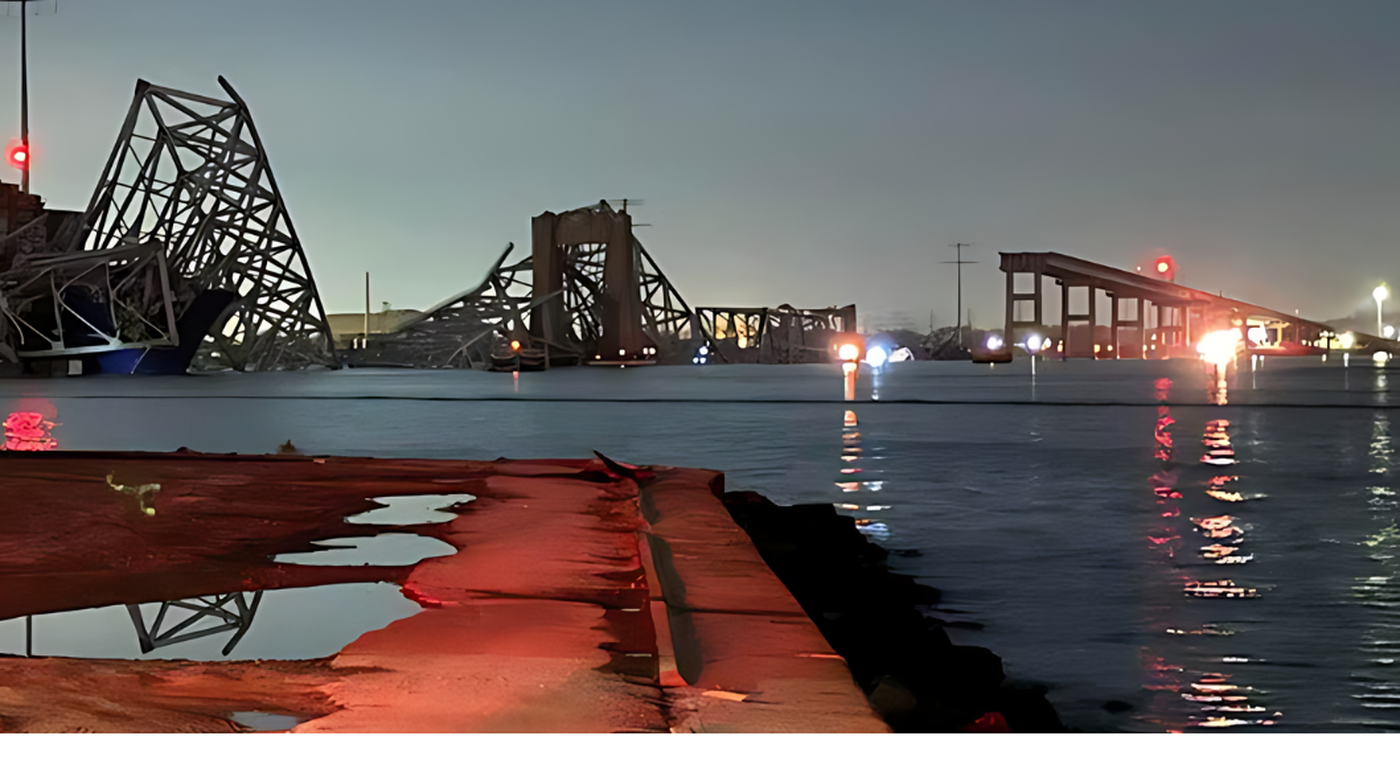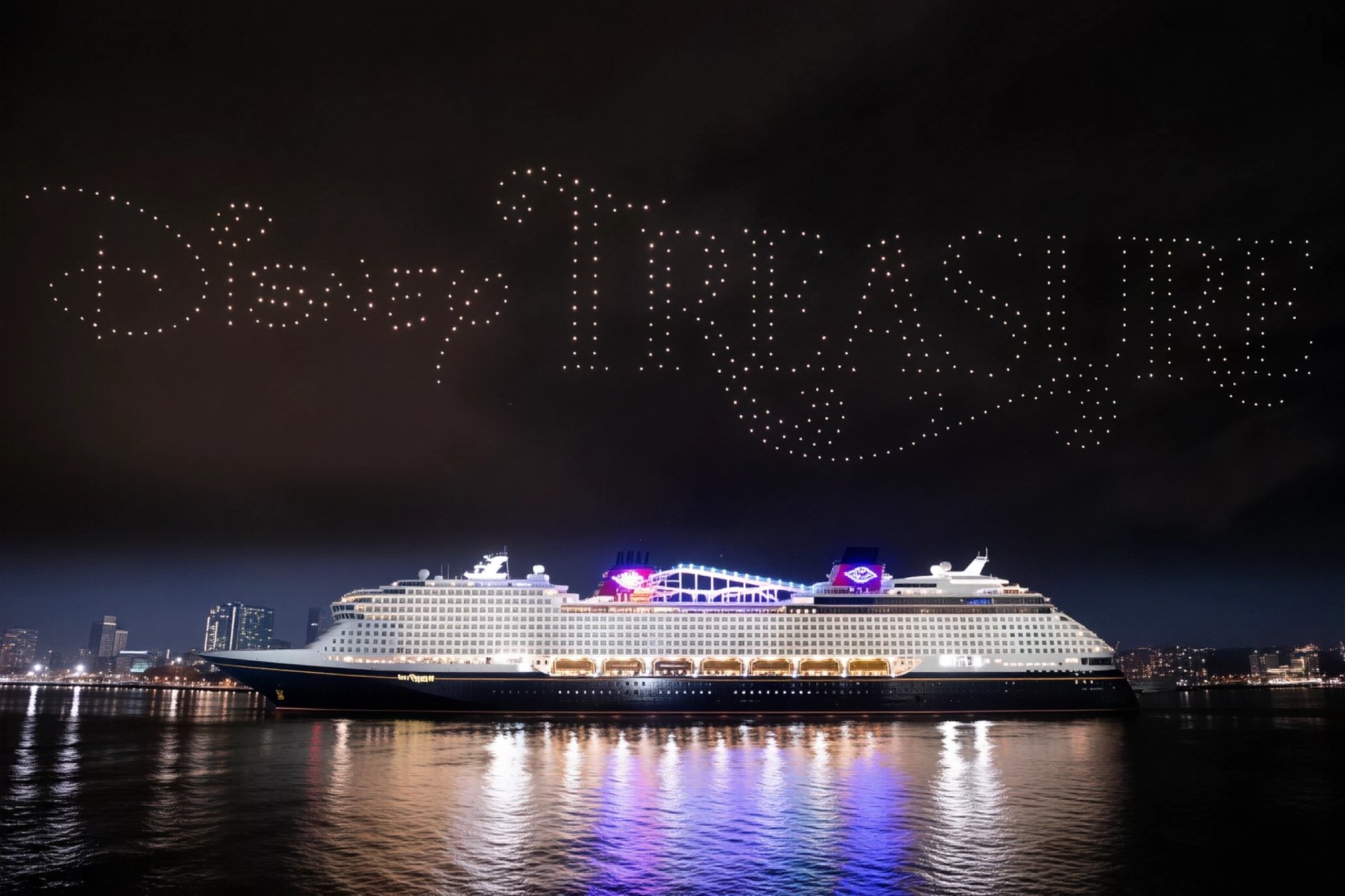In a tragic turn of events, the Baltimore Bridge, officially known as the Francis Scott Key Bridge, has collapsed after being struck by a large container ship. The incident has not only caused significant damage but also raised concerns about potential casualties. Beyond its commercial importance, the bridge holds a rich history that intertwines with the fabric of American identity.
The Collapse:
Early on Tuesday, the Baltimore City Fire Department responded to a devastating collapse of the Francis Scott Key Bridge. The impact of a cargo ship hitting the bridge led to its structural failure, resulting in what authorities described as a "mass-casualty incident." The collapse of the bridge marks a poignant moment in the city's history and infrastructure landscape.
Historical Significance:

Constructed in 1977, the Francis Scott Key Bridge is named after the renowned author of the American national anthem, "The Star-Spangled Banner." This bridge is more than just a transportation artery; it serves as a tangible link to pivotal moments in American history. It stands as a tribute to Francis Scott Key's witnessing the bombing of Fort McHenry in 1814, an event that inspired him to compose the national anthem.
Inspiration Behind the Anthem:
During the War of 1812, the British bombardment of Fort McHenry near the bridge site ignited a pivotal moment in American history. Despite facing overwhelming odds, American forces successfully defended the fort, prompting Francis Scott Key to pen the verses that would become "The Star-Spangled Banner." This anthem would later symbolise the resilience and spirit of the nation.
Transportation Link:
Beyond its historical significance, the Francis Scott Key Bridge serves as a vital transportation link in the Washington metropolitan area. Connecting Washington, DC's Georgetown neighbourhood with Arlington, Virginia's Rosslyn neighborhood, the bridge facilitates the movement of millions of vehicles annually. Its collapse not only disrupts transportation but also underscores the importance of infrastructure resilience and safety measures.
State of Emergency:
In response to the bridge collapse, Maryland Governor Wes Moore declared a state of emergency. The collapse has prompted urgent efforts to assess the damage, address safety concerns, and restore connectivity in the affected area. As investigations into the incident continue, authorities are working tirelessly to mitigate the impact on the community and ensure the safety of residents and commuters.
The collapse of the Baltimore Bridge is a sobering reminder of the fragility of infrastructure and the importance of preserving historical landmarks. Beyond its physical structure, the bridge represents a connection to the past, a symbol of resilience, and a testament to the enduring spirit of the American people. As efforts to recover and rebuild unfold, the legacy of the Francis Scott Key Bridge will endure, reminding us of the power of history to shape our present and inspire our future.








